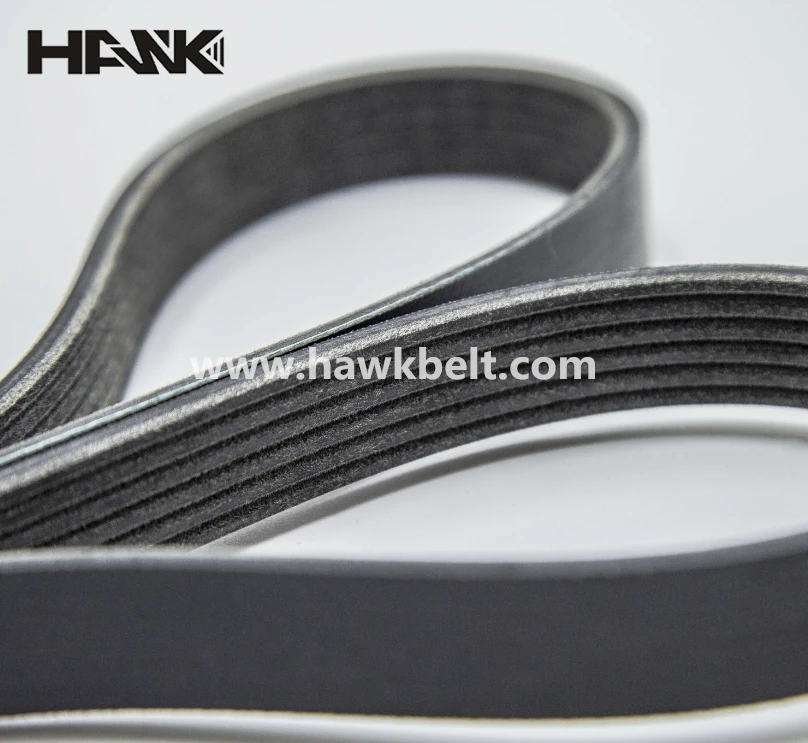- Arabic
- French
- Russian
- Spanish
- Portuguese
- Turkish
- Armenian
- English
- Albanian
- Amharic
- Azerbaijani
- Basque
- Belarusian
- Bengali
- Bosnian
- Bulgarian
- Catalan
- Cebuano
- Corsican
- Croatian
- Czech
- Danish
- Dutch
- Afrikaans
- Esperanto
- Estonian
- Finnish
- Frisian
- Galician
- Georgian
- German
- Greek
- Gujarati
- Haitian Creole
- hausa
- hawaiian
- Hebrew
- Hindi
- Miao
- Hungarian
- Icelandic
- igbo
- Indonesian
- irish
- Italian
- Japanese
- Javanese
- Kannada
- kazakh
- Khmer
- Rwandese
- Korean
- Kurdish
- Kyrgyz
- Lao
- Latin
- Latvian
- Lithuanian
- Luxembourgish
- Macedonian
- Malgashi
- Malay
- Malayalam
- Maltese
- Maori
- Marathi
- Mongolian
- Myanmar
- Nepali
- Norwegian
- Norwegian
- Occitan
- Pashto
- Persian
- Polish
- Punjabi
- Romanian
- Samoan
- Scottish Gaelic
- Serbian
- Sesotho
- Shona
- Sindhi
- Sinhala
- Slovak
- Slovenian
- Somali
- Sundanese
- Swahili
- Swedish
- Tagalog
- Tajik
- Tamil
- Tatar
- Telugu
- Thai
- Turkmen
- Ukrainian
- Urdu
- Uighur
- Uzbek
- Vietnamese
- Welsh
- Bantu
- Yiddish
- Yoruba
- Zulu
Dec . 23, 2024 15:21 Back to list
Understanding the Mechanics and Applications of Variable Belt Drive Systems in Modern Engineering
The Variable Belt Drive An Overview
In the realm of mechanical engineering, variable belt drives have emerged as a pivotal component in enhancing the efficiency and performance of various machinery. Unlike traditional fixed-speed belt drives, variable belt drives allow for the adjustment of speed and torque output, providing significant flexibility for different operational requirements. This article delves into the workings, advantages, applications, and future trends of variable belt drives.
How Variable Belt Drives Work
Variable belt drives operate on the principle of changing the effective diameter of the pulleys, which in turn adjusts the speed and torque transmitted from the drive source to the driven equipment. Typically, this is achieved through the use of cone pulleys, where the belt moves along the surface of the pulley and as the cones are adjusted, the diameter effectively changes.
The most common types of variable belt drives include the variable speed pulley (VSP) and the continuously variable transmission (CVT). The VSP system uses two conical pulleys and a belt; by changing the distance between the pulleys, the belt radius changes, altering the gear ratio. In contrast, CVTs offer even greater smoothness in power transmission, as they can vary the ratio continuously without discrete steps.
Advantages of Variable Belt Drives
One of the primary advantages of variable belt drives is their ability to optimize energy consumption. By allowing the motor to run at its most efficient speed, variable belt drives minimize energy waste, leading to lower operational costs. Furthermore, their capability to dynamically adjust to variable loads helps protect machinery from excessive wear and tear.
Another significant benefit is their versatility. In applications ranging from manufacturing systems to automotive engineering, variable belt drives can accommodate a wide range of operational needs. Whether it is for slow, high-torque operations or rapid, low-torque maneuvers, these drives can be tuned to meet the specific demands of various tasks.
Variable belt drives also contribute to increased system longevity. By gradually increasing or decreasing speeds, they mitigate shock loads that can cause mechanical failure in fixed-speed systems. This reduction in strain extends the lifespan of belts, pulleys, and associated components.
variable belt drive

Applications of Variable Belt Drives
The versatility of variable belt drives makes them suitable for various applications across multiple industries. In the automotive sector, CVTs have become increasingly popular for passenger vehicles, providing smoother acceleration and improved fuel efficiency compared to traditional automatic transmissions.
In manufacturing, variable belt drives are employed in conveyor systems, allowing for the controlled movement of materials at different speeds based on operational requirements. This adaptability improves overall productivity, particularly in assembly lines where processes vary in speed and load.
In the agricultural sector, variable belt drives can be found in tractors and other machinery, providing the flexibility required for tasks such as tilling, seeding, and harvesting. By enabling operators to adjust machine speeds dynamically, agricultural work becomes more efficient, reducing fuel consumption and operational costs.
Future Trends
Looking ahead, the development of variable belt drives is expected to continue evolving with advancements in technology. Innovations in materials may lead to lighter and more durable belts, enhancing the performance of these systems. Additionally, the integration of smart technology and automation can further optimize the functioning of variable belt drives, making them even more efficient and user-friendly.
Sustainability trends may also drive the adoption of variable belt drives. As industries aim to reduce their carbon footprints, the energy-saving capabilities of these drives position them as a favorable option for environmentally conscious practices.
Conclusion
In summary, variable belt drives represent a significant advancement in mechanical engineering, offering the flexibility and efficiency demanded by modern applications. With their ability to adapt to different operational requirements, and the ongoing evolution of their technology, variable belt drives will undoubtedly remain a fundamental component in a wide array of industries for years to come. As these systems continue to develop, their contribution to enhanced performance, sustainability, and efficiency will only grow stronger, reinforcing their importance in the machinery landscape.
-
Upgrade Power Steering Pump Belt for Smooth, Quiet Operation
NewsAug.27,2025
-
Precision Timing Belt & Chain: Engine Performance & Durability
NewsAug.26,2025
-
Precision Lathe Drive Belts: Durable & Reliable Performance
NewsAug.25,2025
-
84.5 Serpentine Belt: Durable & Precision Fit for Your Engine
NewsAug.24,2025
-
Premium Ribbed Drive Belts for Quiet Power Transmission
NewsAug.23,2025
-
High-Performance Vehicle Timing Belt for Engine Precision
NewsAug.22,2025

